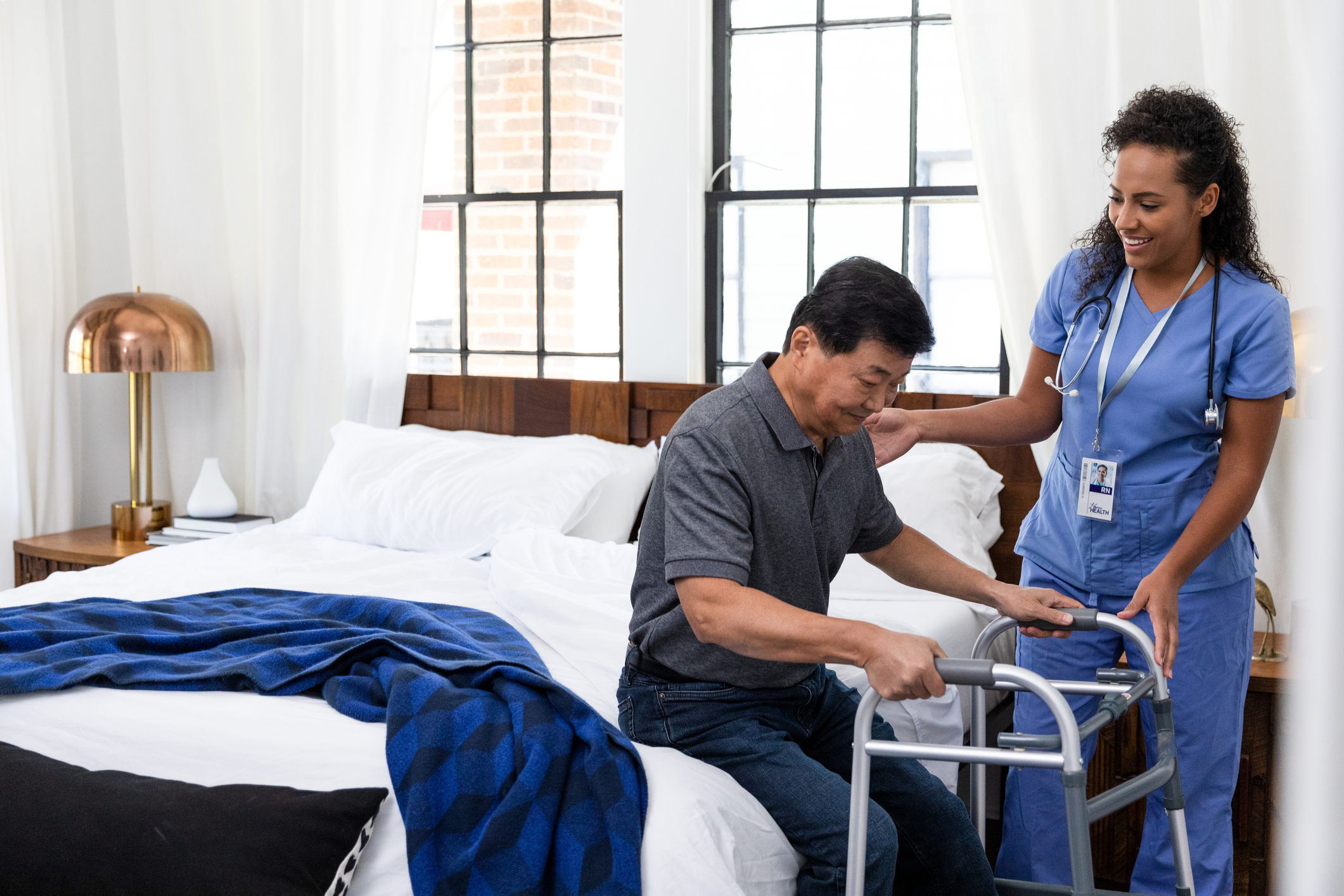
Value-based care has been cited as a way to reduce healthcare costs and improve outcomes. However, adoption has been slower in rural communities, with rural providers facing several uphill challenges, according to one health company executive.
“Providers I’d say have been a bit more resistant in rural areas to take on risk, to take on value-based care. And it’s understandable. Many of them are struggling to stay afloat, stay viable,” said Amar Kendale, co-founder and president of Homeward Health, during a recent interview at CES 2024. “So they’re really optimizing what they know well, which is fee-for-service, in order to do that. There also aren’t the same kind of market pressures that you have in urban or suburban areas where the health plans can be a bit more assertive in terms of pushing their networks towards value.”

With the Rise of AI, What IP Disputes in Healthcare Are Likely to Emerge?
Munck Wilson Mandala Partner Greg Howison shared his perspective on some of the legal ramifications around AI, IP, connected devices and the data they generate, in response to emailed questions.
San Francisco-based Homeward is working to help these rural providers move toward value-based care. The company forms value-based contracts with Medicare Advantage plans, including Blue Cross and Blue Shield of Minnesota and Priority Health in Michigan, to provide primary and specialty care to rural communities. It partners with existing providers in the communities it serves and employs clinicians to offer additional clinical capacity to local practices. Homeward can also deliver care virtually, in the community and in-home for select patients.
In working with these rural providers, Kendale said he’s seen interest in engaging in value-based care. But many of these providers don’t feel like they have the resources and tools to do so.
“What they’re nervous about is being thrust into a world where they’re suddenly on the hook. … What we find is really a range of appetite in these providers that we encounter,” Kendale said. “Some are more ready and more evolved and have a lot of the systems and are maybe even taking some risk on already. Maybe some upside opportunity, for example. But by and large, many are earlier in the journey.”
Another challenge is the fact that many rural providers don’t have the technology to know how their patients are doing in between visits. Rural patients often can’t come in for medical visits as frequently as suburban or urban patients. Homeward helps its providers with this challenge.
“If you’re a provider and you’re trying to take risk and you can’t see your patient as often, you might be nervous about that,” Kendale stated. “So what we see is that we can bring a lot of that technology to monitor these patients in their homes and their daily lives. Whether that’s for diabetes, and it’s blood glucose monitoring or blood pressure monitoring for hypertension, or if it’s even lab tests that we can send to the home for assessing lipids.”
Photo: supersizer, Getty Images














